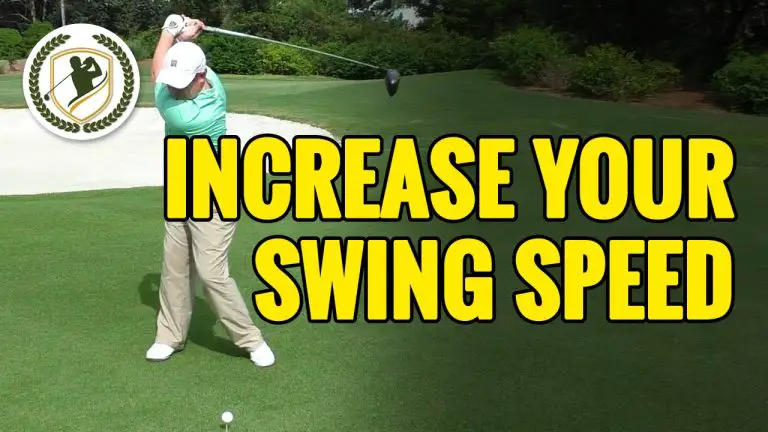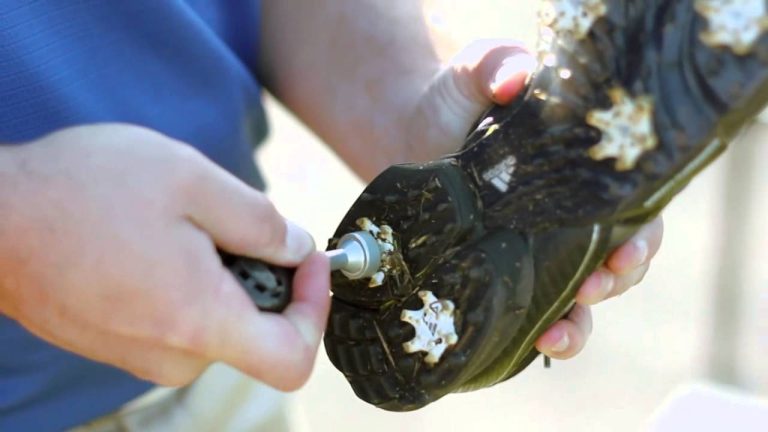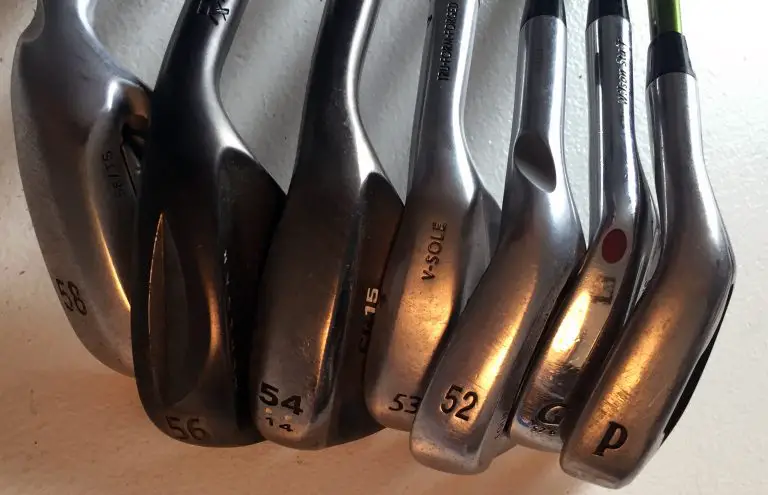Can A Golf Ball Kill You
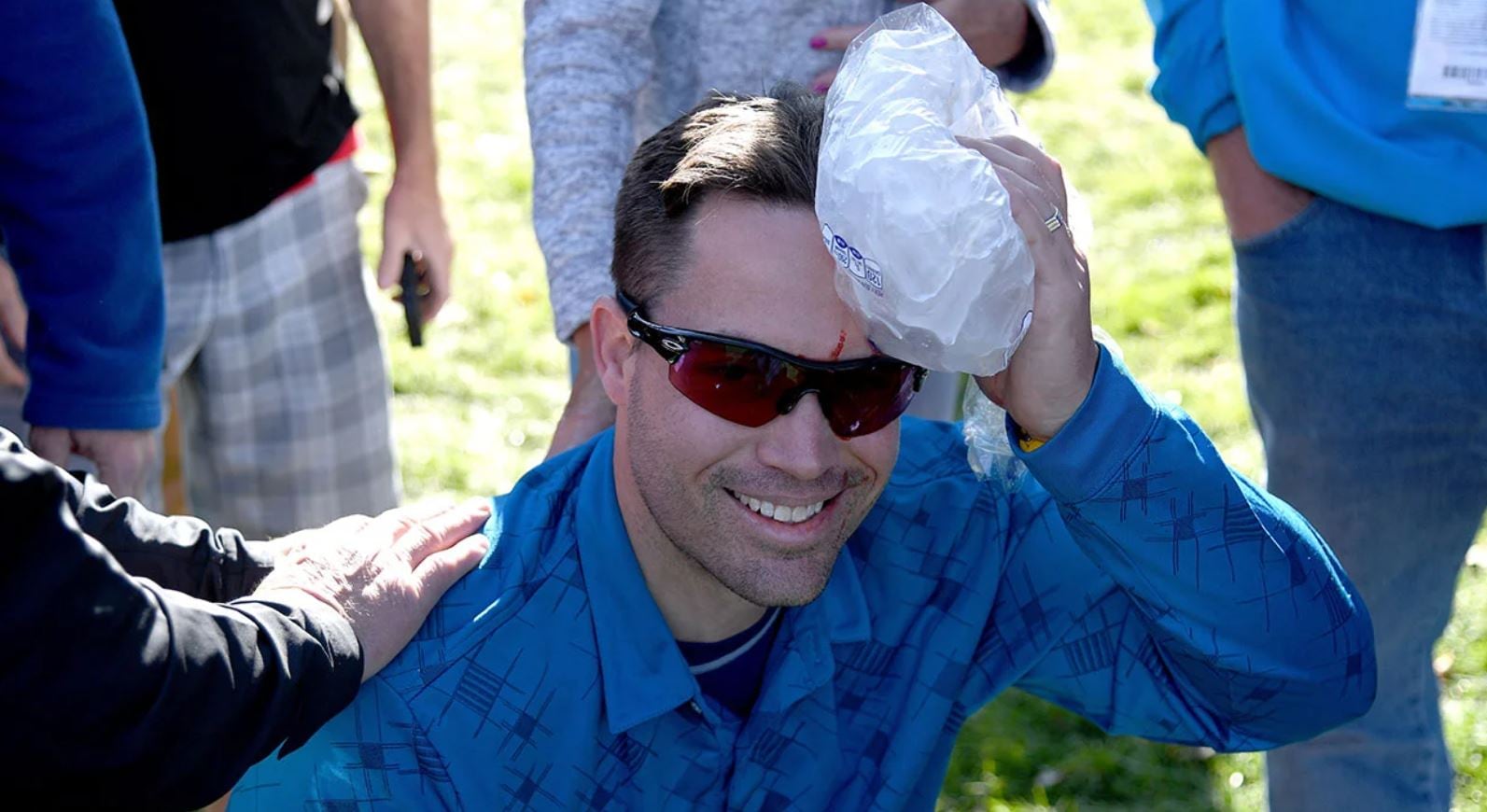
Golf is a sport enjoyed by millions of people around the world. From casual weekend players to seasoned professionals, golf is a game that requires skill, patience, and precision. But while golf may seem like a relatively safe and leisurely pastime, there are some risks associated with the game that may surprise you.
One of the most pressing questions in the world of golf is whether a golf ball can actually kill you. It may sound far-fetched, but there have been cases of serious injury and even death caused by golf balls. In this article, we’ll explore the potential risks and dangers associated with golf balls and examine the physics of a golf ball impact. We’ll also take a closer look at incidents and statistics related to golf ball-related injuries, as well as legal and ethical considerations for both golf course owners and players.
Understanding the potential risks associated with golf balls is important for anyone who enjoys the game, whether you’re a seasoned pro or a casual player. By being aware of the potential dangers and taking appropriate precautions, we can all enjoy this beloved sport while minimizing the risk of injury. So let’s take a closer look at the question on everyone’s mind: Can a golf ball really kill you?
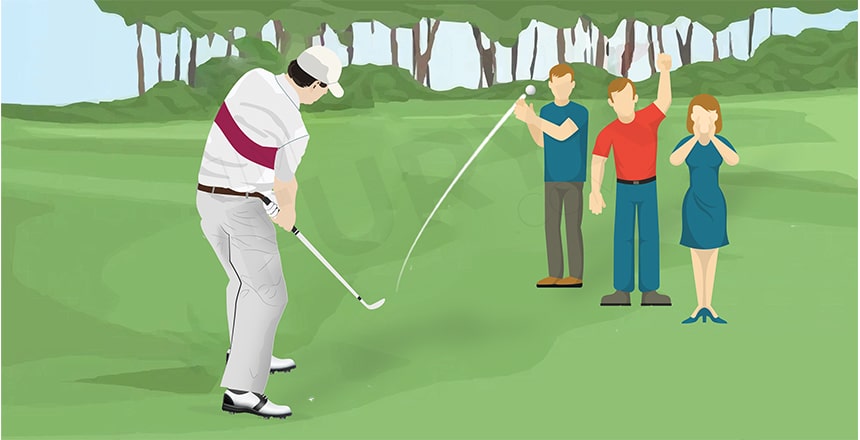
Anatomy of a Golf Ball
Before we delve into the potential dangers of golf balls, it’s important to understand their anatomy. A standard golf ball has three main components: the core, the mantle layer, and the cover.
The Core
The core of a golf ball is typically made of rubber or synthetic materials. It’s the densest part of the ball and provides the majority of its weight.
The Mantle Layer
The mantle layer is made of a variety of materials, including rubber and plastic. It’s designed to control the spin of the ball and help it maintain a stable trajectory.
The Cover
The cover of a golf ball is typically made of a durable material, such as urethane or Surlyn. It’s designed to protect the inner components of the ball and provide a smooth surface for optimal flight.
The Physics of a Golf Ball Impact
Now that we understand the anatomy of a golf ball, let’s explore the physics of a golf ball impact. When a golf ball is struck by a club, it’s subjected to several forces that can affect its trajectory and impact on a human body.
Force and Momentum
The force of a golf club striking a ball can be immense, especially for experienced players who are able to generate high clubhead speeds. When a ball is struck, it gains momentum and can travel significant distances.
Speed and Velocity
The speed and velocity of a golf ball are also important factors to consider. A faster ball will travel farther and have a greater impact force. The angle and direction of the ball’s trajectory can also affect its impact.
Trajectory and Spin
The trajectory and spin of a golf ball can also affect its impact on a human body. A ball that’s hit with a high trajectory may have a steeper angle of descent and can cause more damage upon impact. Similarly, a ball with a high spin rate may be more likely to curve or veer off course, potentially hitting someone who was not the intended target.
Incidents and Statistics
While golf balls may seem harmless, there have been cases of serious injury and even death caused by them. According to a study published in the Journal of Trauma and Acute Care Surgery, there were 15,000 reported golf-related injuries in the United States between 2002 and 2015. Of those, 70 percent were caused by being struck by a golf club or ball.
Reported Cases of Injuries and Deaths
There have been several high-profile cases of injury and death caused by golf balls in recent years. In 2018, a man in California was killed after being struck in the head by a golf ball while playing a round with his father. In 2019, a woman in Utah was critically injured after being hit in the eye by a golf ball while standing on her balcony.
Frequency and Severity of Incidents
While incidents like these are relatively rare, they do happen. The severity of injuries can vary widely, from minor bruises and cuts to more serious head injuries or even death.
Analysis of Factors Contributing to Incidents
Several factors can contribute to golf ball-related incidents, including player error, course design, and environmental factors. For example, a poorly designed course may have areas where players are more likely to hit balls out of bounds, potentially putting bystanders at risk.
Legal and Ethical Considerations
When it comes to golf ball-related incidents, there are important legal and ethical considerations to keep in mind. Both golf course owners and players have a responsibility to ensure the safety of everyone on the course.
Liability and Responsibility
Golf course owners have a duty of care to their patrons and are responsible for ensuring that the course is safe for play. This includes taking steps to minimize the risk of golf ball-related incidents, such as placing warning signs in high-risk areas and designing the course in a way that minimizes the risk of balls leaving the playing area.
Players also have a responsibility to be aware of their surroundings and take appropriate precautions to avoid hitting bystanders with their golf balls. In cases where a player does hit someone with a ball, they may be held liable for any injuries or damages caused.
Duty of Care and Negligence
In legal terms, a duty of care refers to the responsibility that one party has to act in a way that avoids causing harm to others. When it comes to golf ball-related incidents, golf course owners and players both have a duty of care to ensure that the risk of injury is minimized.
If a golf course owner or player fails to meet this duty of care and someone is injured as a result, they may be found to be negligent. Negligence can lead to legal consequences, such as lawsuits and financial damages.
Mitigating the Risks
While golf ball-related incidents can never be completely eliminated, there are steps that can be taken to minimize the risk of injury. Golf course owners and players alike can take action to improve safety on the course.
Safety Measures and Precautions
Golf course owners can implement safety measures to minimize the risk of golf ball-related incidents. This may include placing warning signs in high-risk areas, such as near tee boxes or along the edges of the course. Owners may also choose to install safety nets or barriers in areas where golf balls are likely to leave the playing area.
Players can also take precautions to avoid hitting bystanders with their golf balls. This may include being aware of their surroundings, using caution when hitting shots near others, and shouting a warning if a ball appears to be headed in someone’s direction.
Technological Advancements and Innovations
Technological advancements are also being made to help mitigate the risks associated with golf balls. For example, some golf courses are experimenting with “smart” golf balls that can be tracked using GPS technology. This can help players locate lost balls and minimize the risk of injury by alerting them to potential hazards on the course.
Conclusion
In conclusion, while the likelihood of being seriously injured or killed by a golf ball is relatively low, it’s important to be aware of the potential risks and take steps to mitigate them. Golf course owners and players alike have a responsibility to ensure the safety of everyone on the course, and by taking appropriate precautions and implementing safety measures, we can all enjoy this beloved sport while minimizing the risk of injury.

